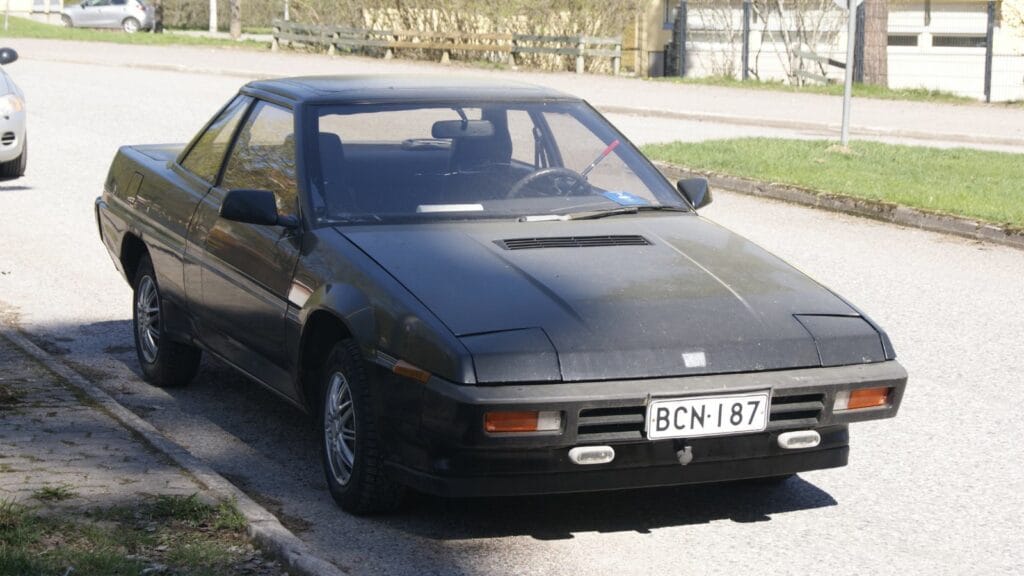The 1980s were a decade of bold experimentation in the automotive world. Turbocharging, electronic dashboards, and wedge shaped silhouettes were everywhere. But with experimentation comes risk, and not every designer’s gamble paid off. Some cars from the era became icons for all the wrong reasons. From awkward proportions to baffling interior layouts, these 12 cars show that the road to innovation can sometimes take a very strange turn.
Yugo GV 1985 to 1992
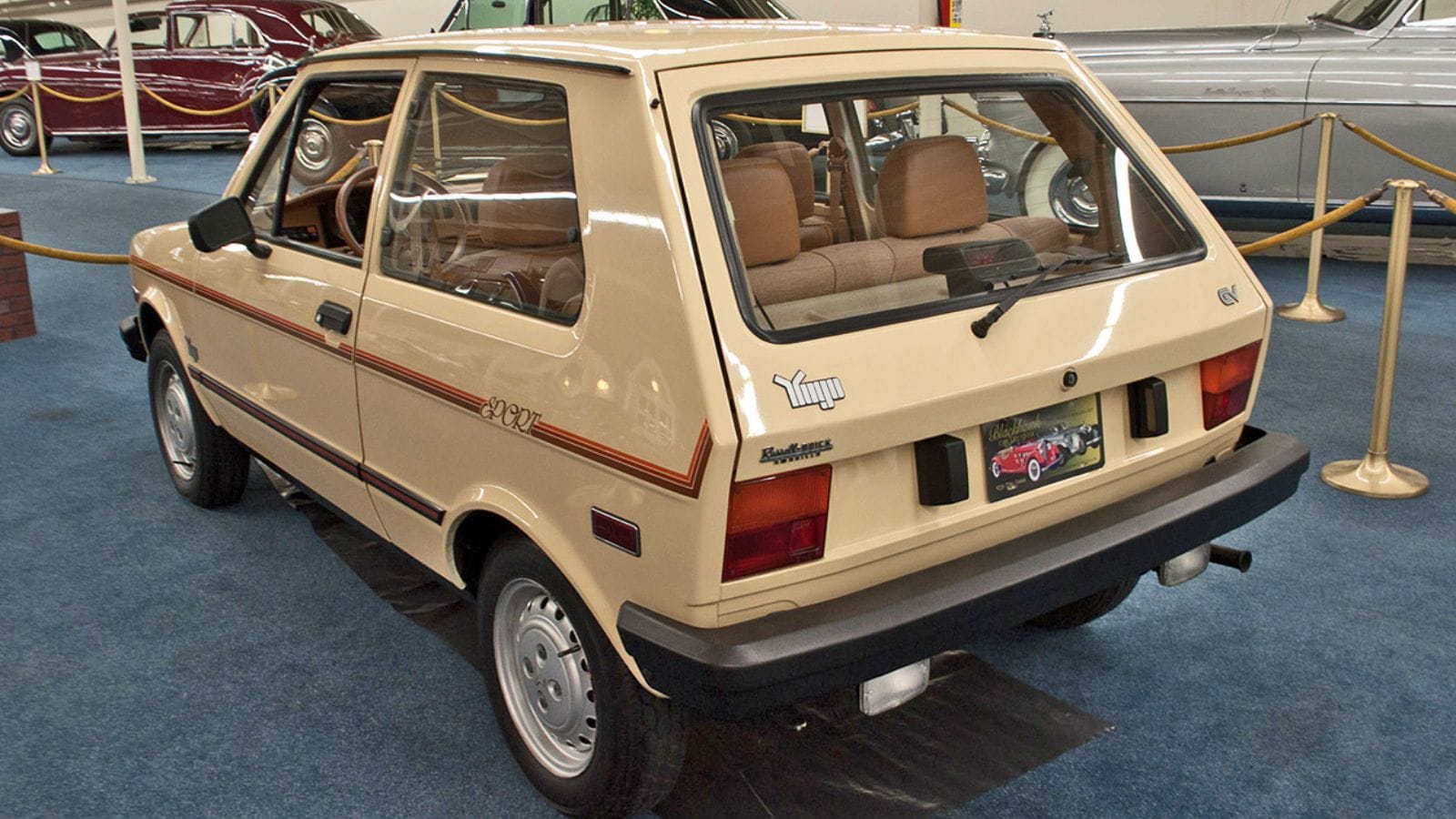
The Yugo GV looked like a car drawn by someone who had only ever seen one in a catalog. It was built to be the cheapest new car in America, and its styling reflected every penny pinched. Boxy lines, flat panels, and tiny wheels gave it a toy-like appearance. Inside, hard plastics and ill fitting trim pieces completed the discount vibe. The design was purely functional, but even in the 80s, buyers expected a little charm.
Chevrolet Citation 1980 to 1985
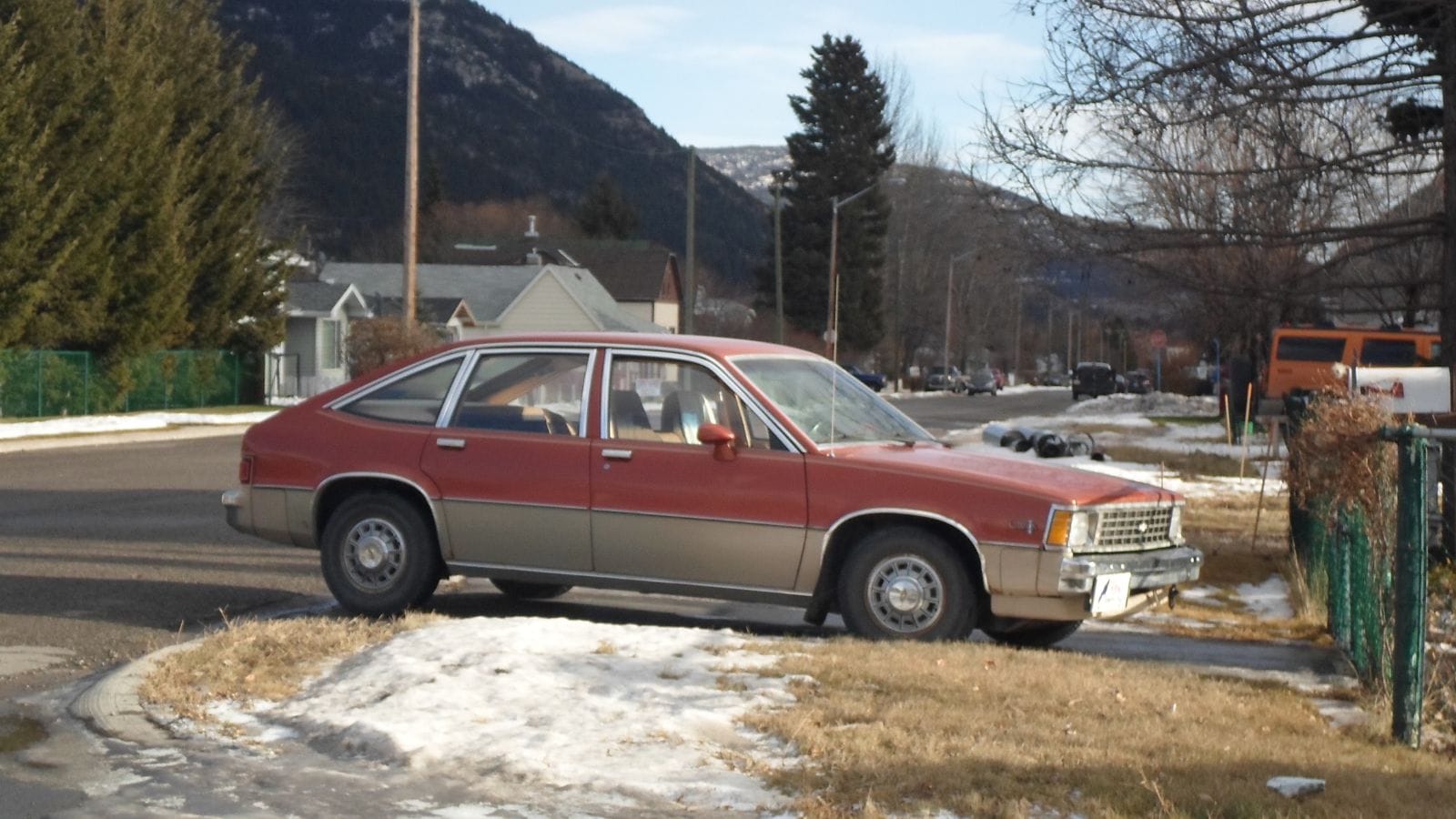
The Citation’s goal was to replace big, thirsty sedans with a modern front wheel drive design. Unfortunately, its wedge profile and awkward stance made it look perpetually unbalanced. Inside, the layout was cluttered, with square gauges and too many small, fiddly controls. It sold well at first, but its looks, combined with quality issues, meant its moment in the spotlight was short lived.
AMC Eagle SX 4 1981 to 1983
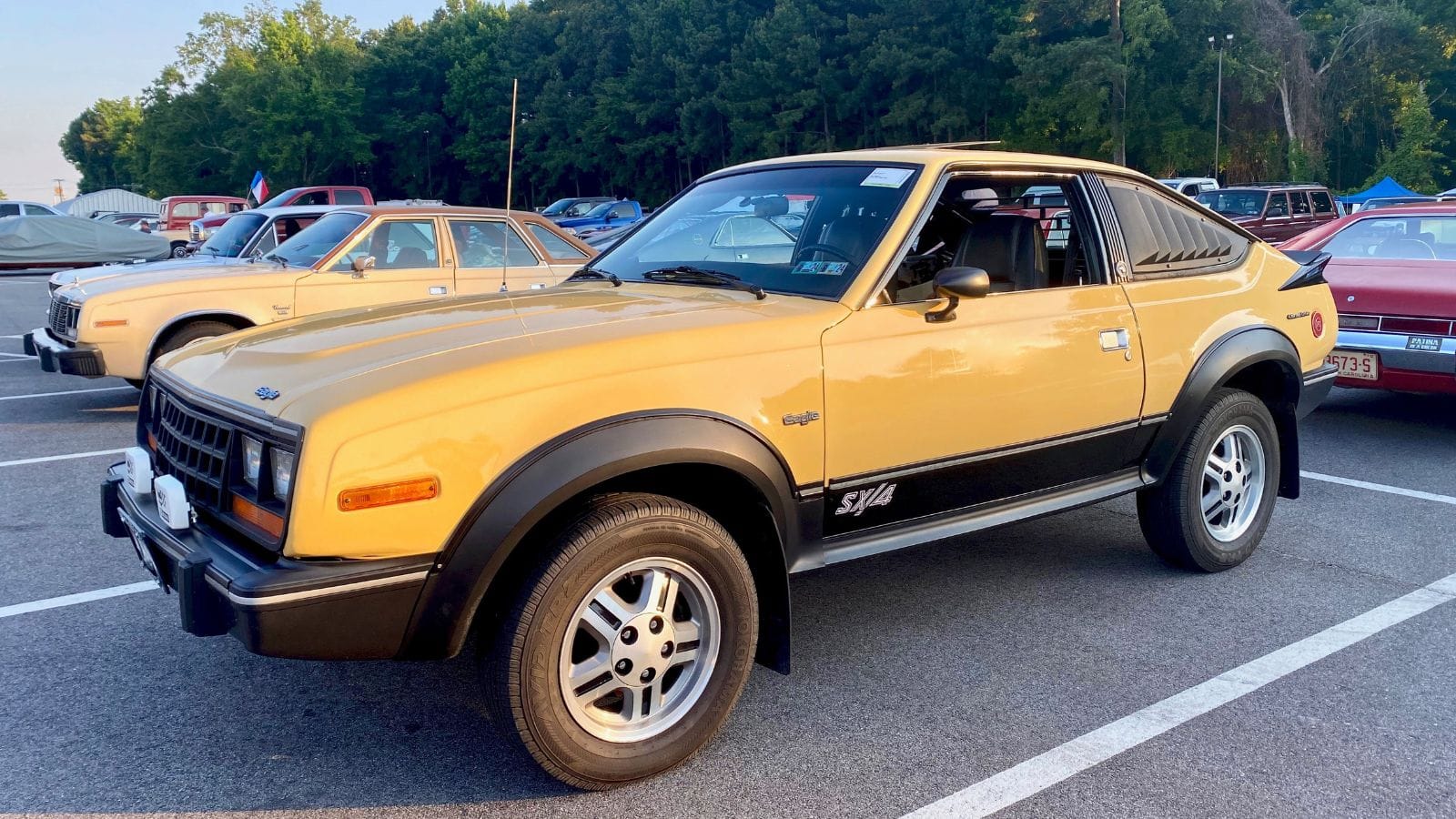
AMC’s Eagle SX 4 was essentially a Spirit coupe on stilts, aiming to blend sports coupe style with off-road ability. The result was more peculiar than appealing, with chunky fender flares and proportions that looked out of sync. The interior was equally confused, mixing basic economy car trim with four-wheel drive controls in awkward positions. It was ahead of its time conceptually, but its styling never found fans.
Renault Fuego 1980 to 1986
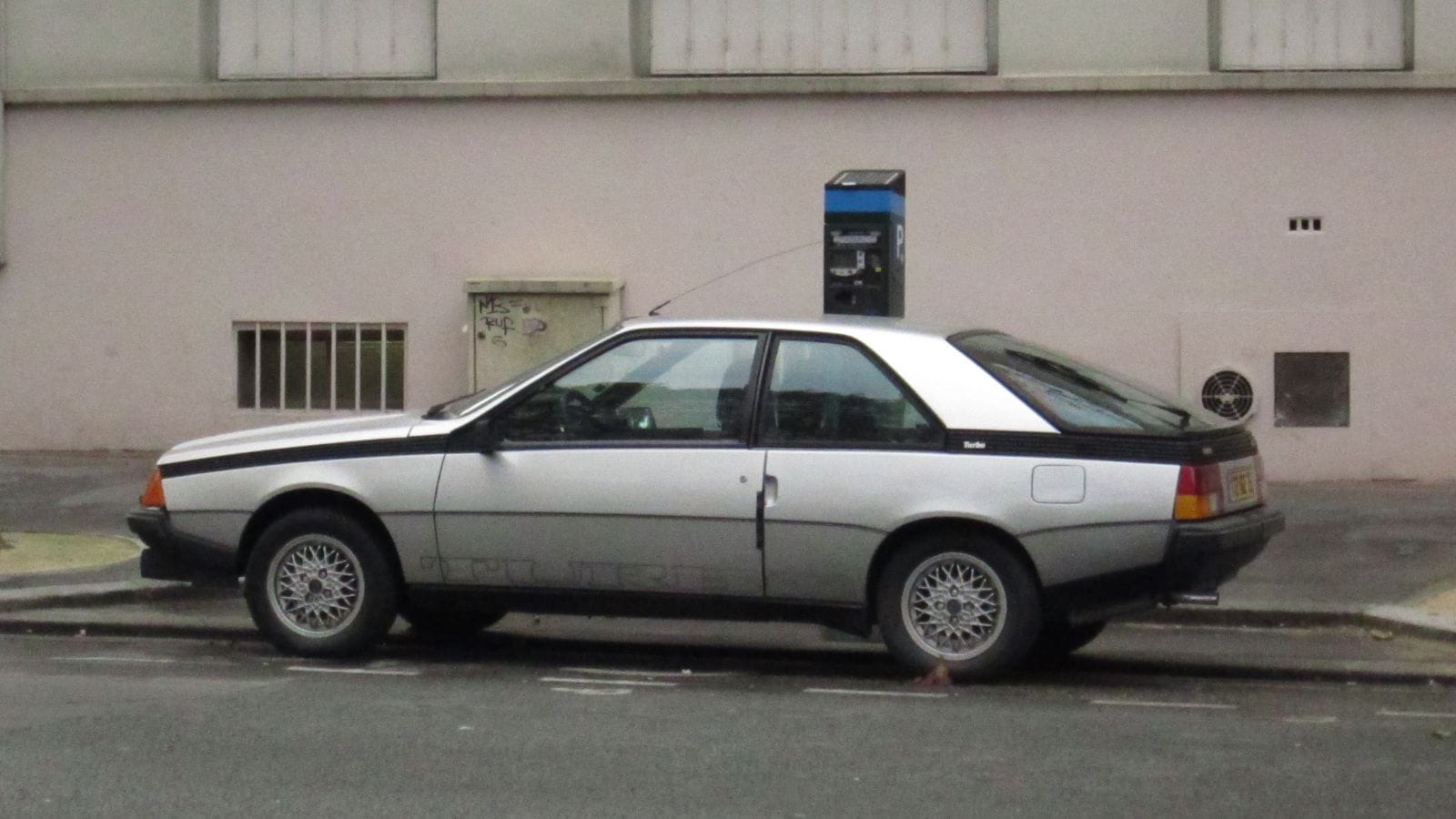
The Fuego’s name promised heat, but its styling delivered lukewarm at best. The drooping rear end and narrow headlights made it look sleepy, and the flat body panels lacked any real tension or athleticism. The interior was a maze of buttons and oddly shaped vents, more concerned with novelty than usability. In Europe it earned some affection, but in North America it mostly earned puzzled stares.
Subaru XT 1985 to 1991
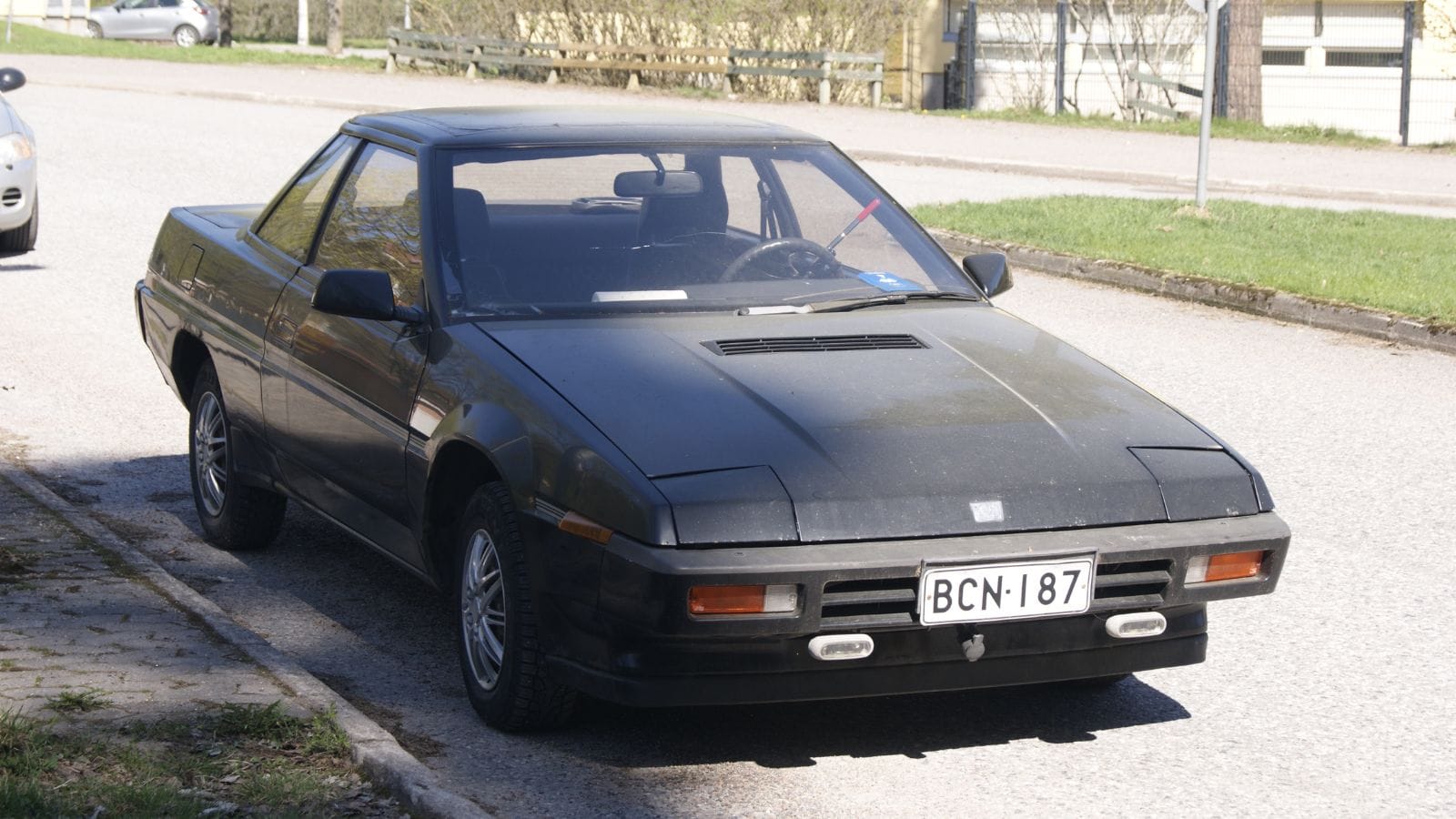
Subaru’s XT looked like it was designed by a sci-fi illustrator who had never driven a car. The ultra low hoodline, extreme windshield rake, and tiny pop up headlights made it stand out — but not in a good way. The inside was just as strange, with a pod style dashboard that rotated with the steering column and a digital display that looked like it belonged in a video game.
Chrysler LeBaron Convertible 1987 to 1995
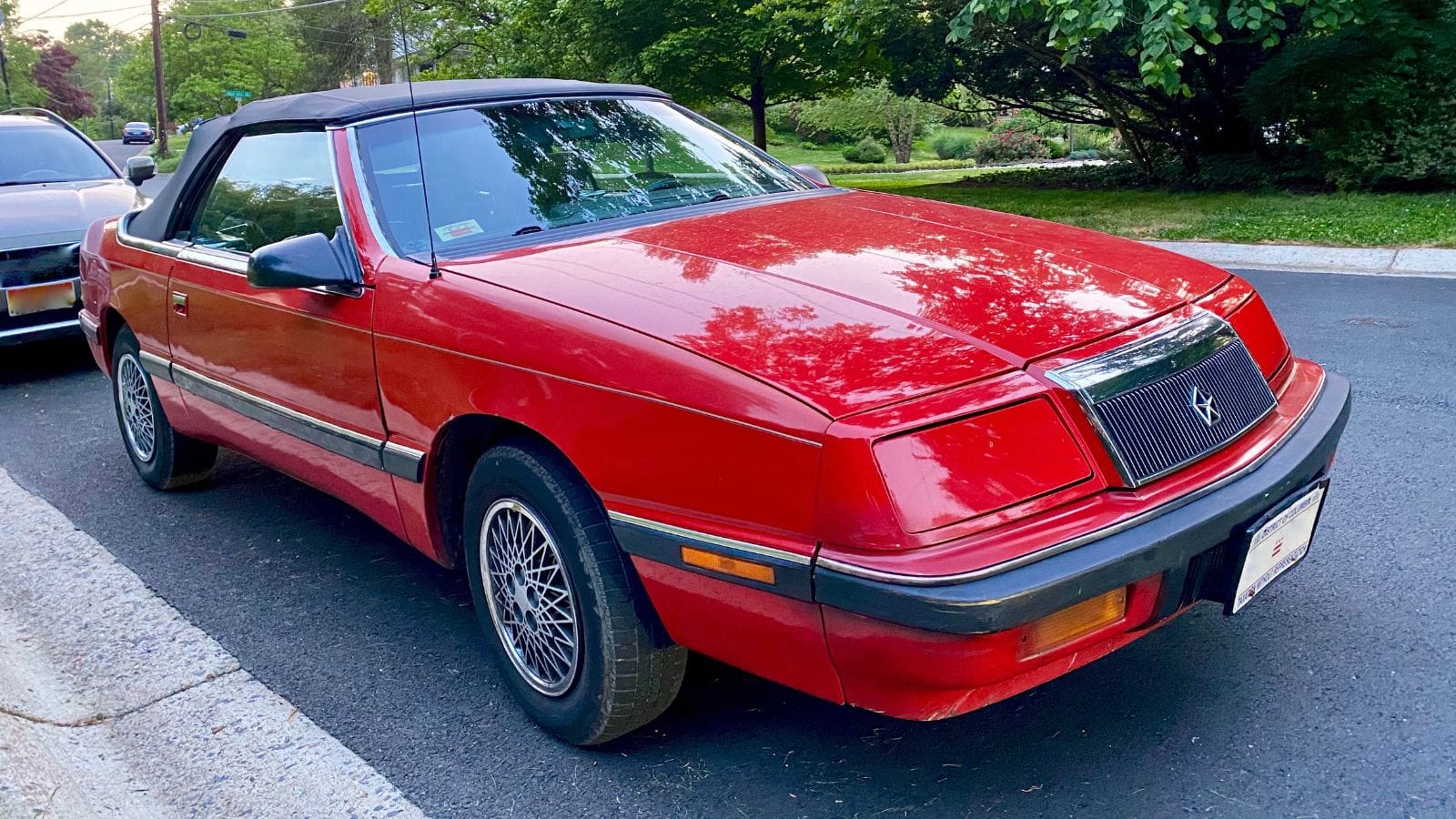
The LeBaron convertible had aspirations of classic luxury but ended up looking like it was assembled from mismatched parts. Its upright windshield, long overhangs, and overly boxy profile clashed with the plush image Chrysler wanted. The interior, with its padded fake wood trim and bright chrome accents, felt like it had been designed in a hurry to meet a retro brief that was never fully thought out.
Merkur XR4Ti 1985 to 1989
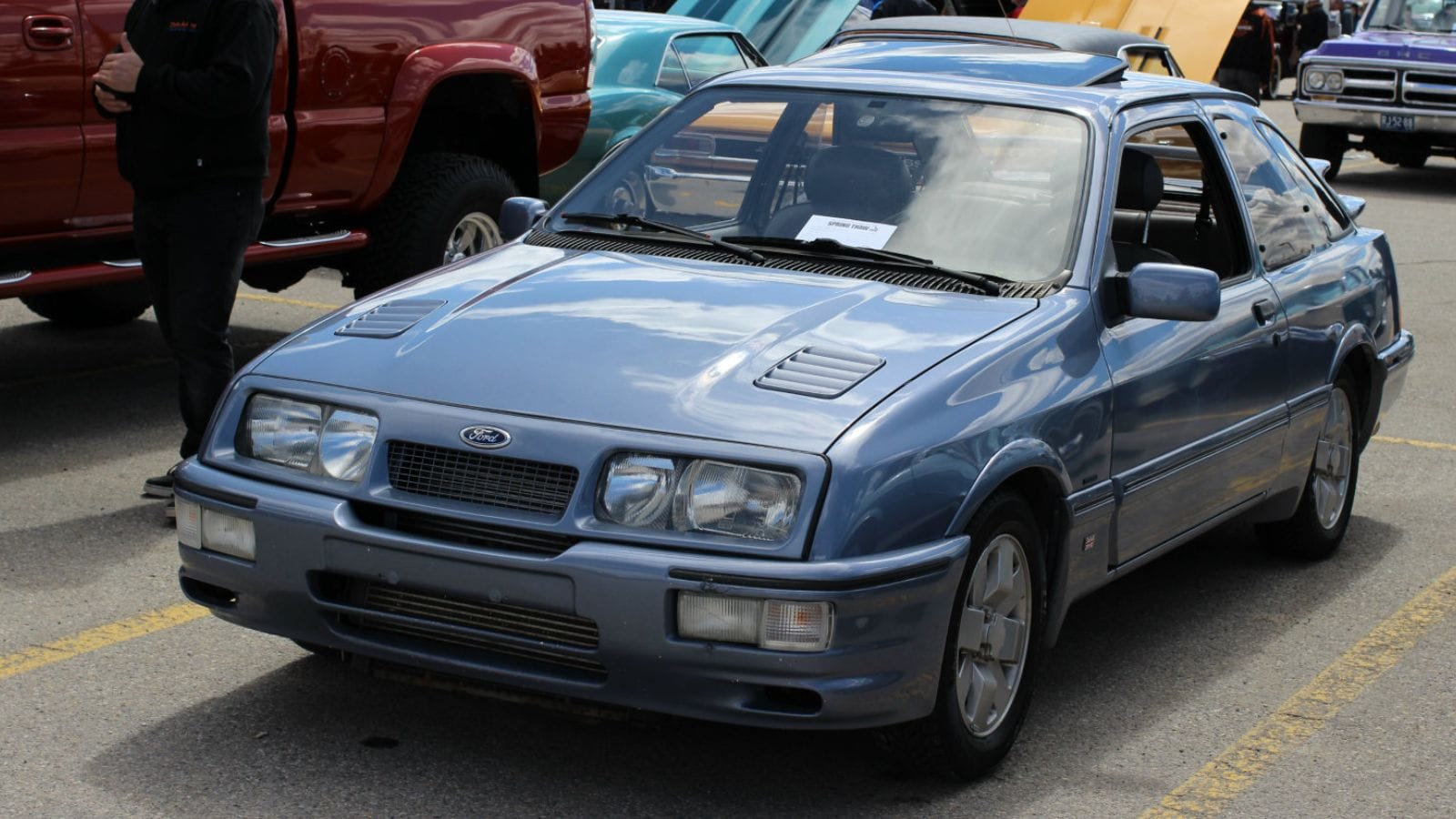
Imported from Ford’s European division, the XR4Ti was meant to bring European sophistication to American buyers. Instead, its narrow body, strange angles, and infamous bi-plane rear spoiler made it look eccentric at best. The interior was pure 1980s Ford, with hard plastics and a dashboard full of rectangles. It drove well, but most shoppers could not get past its odd appearance.
Plymouth Reliant 1981 to 1989
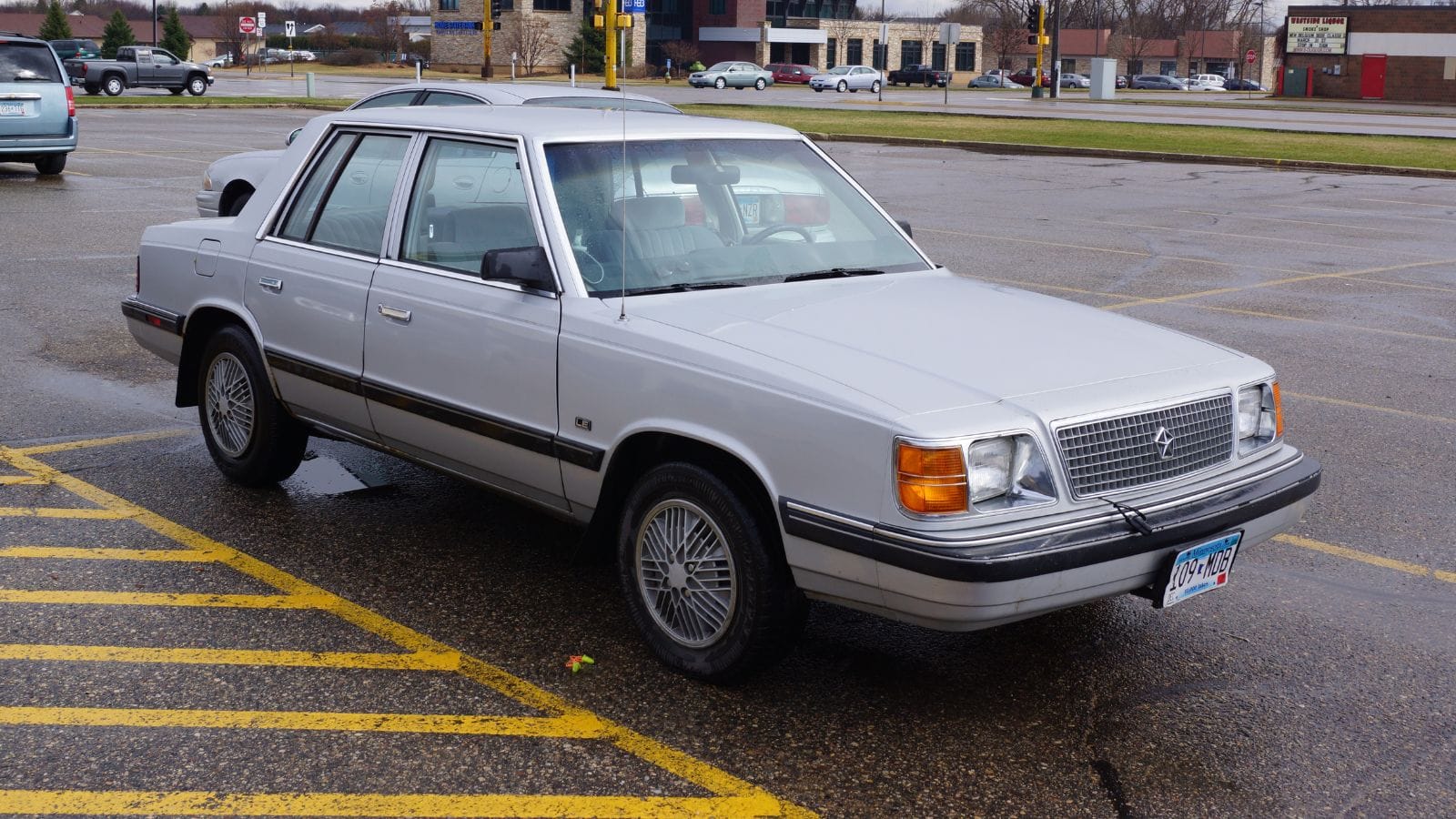
The Reliant was a workhorse, but nobody ever called it beautiful. Its slab sided body and upright stance made it look more like a box on wheels than a car. Inside, simplicity reigned, but not in a stylish way — just flat panels and cheap materials. While it saved Chrysler financially, it also cemented the idea that practicality often came at the cost of style.
Isuzu Piazza 1981 to 1992
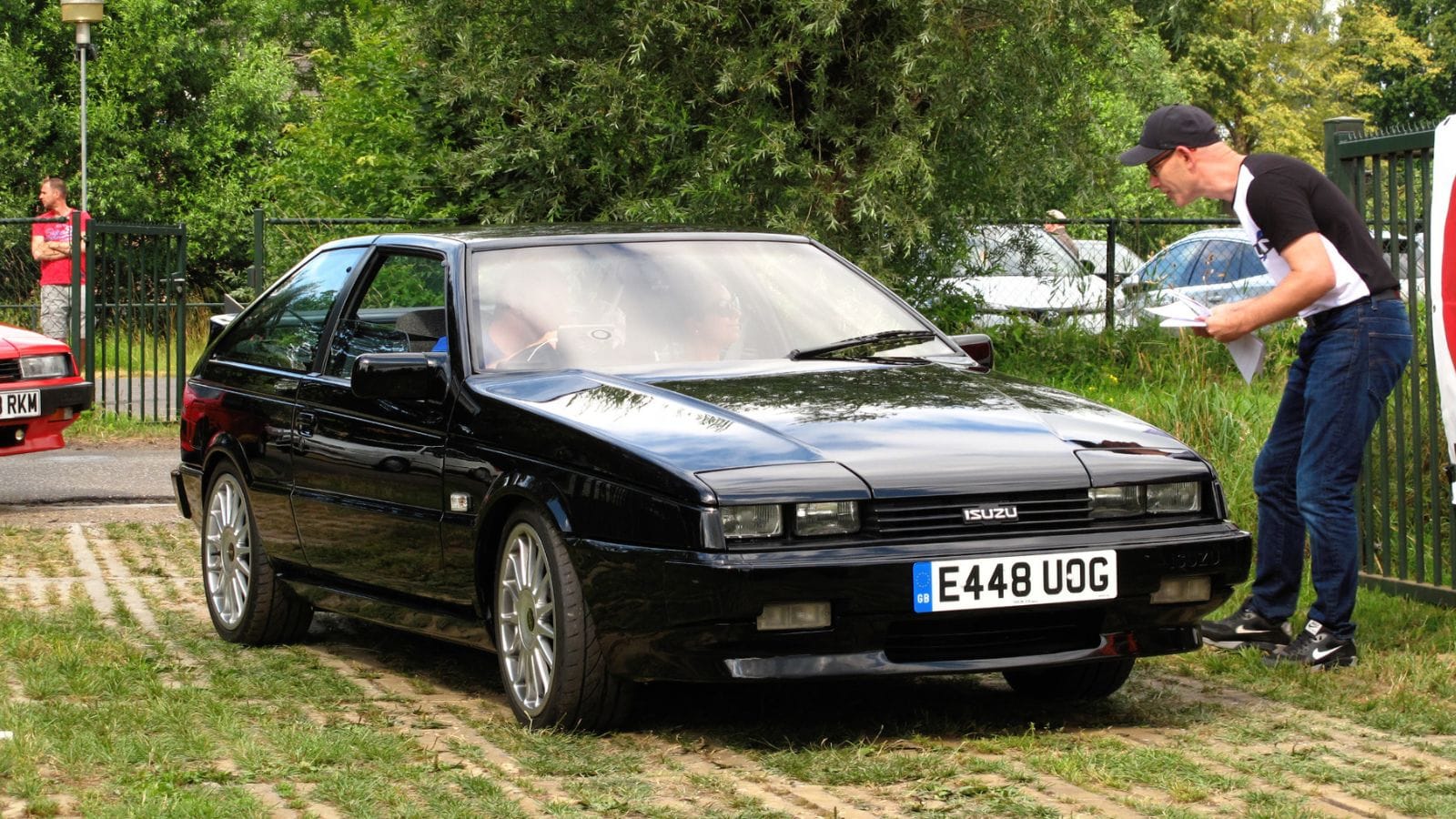
The Piazza, known as the Impulse in North America, was penned by famed designer Giorgetto Giugiaro — but even the greats have off days. The car’s proportions felt slightly mismatched, with a nose that was too short and a tail that felt tacked on. The interior tried to be sporty with deep bucket seats, but the dashboard looked like a scattered collection of buttons from different cars.
Ford EXP 1982 to 1988
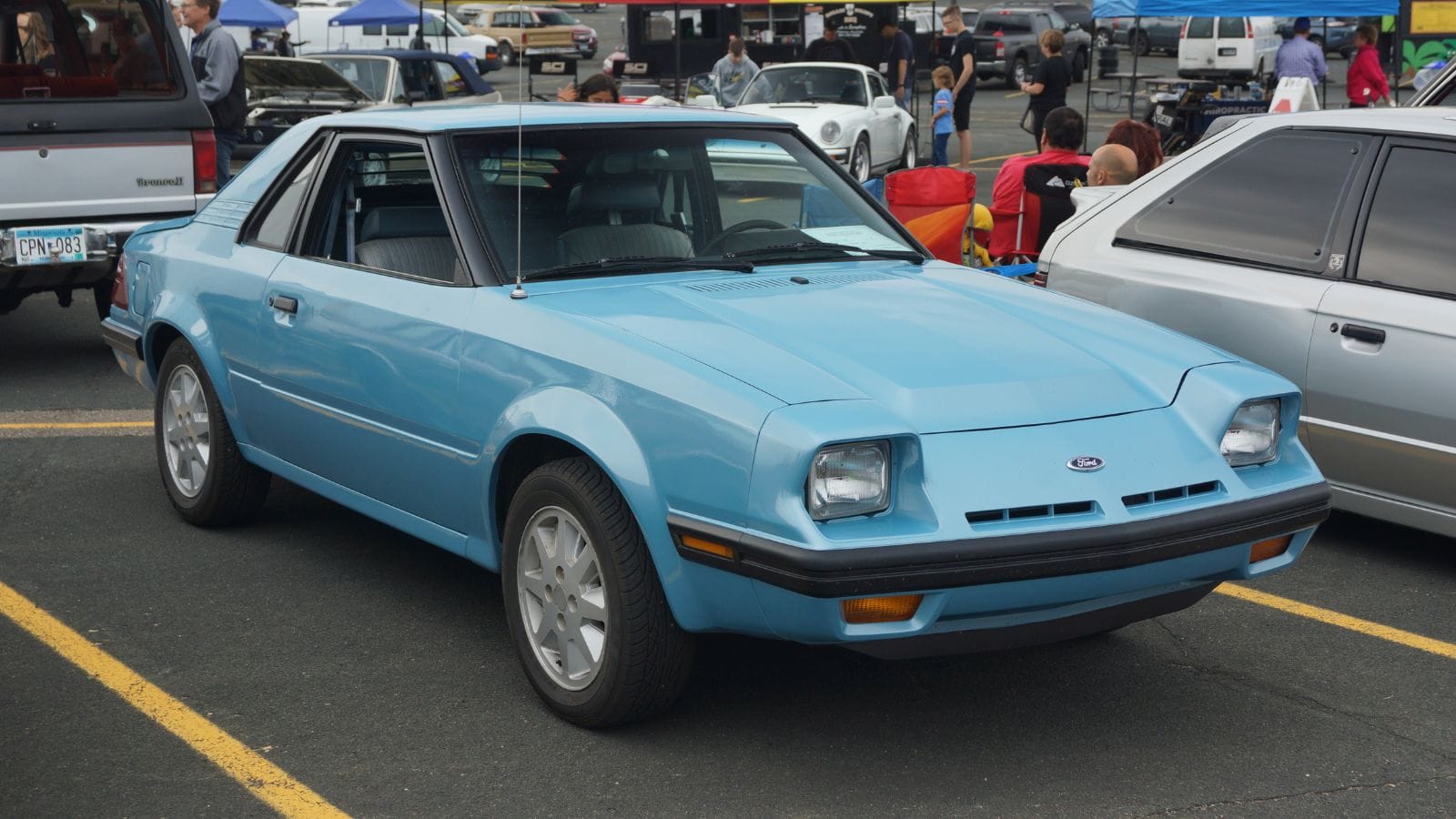
Ford’s EXP was marketed as a sporty, personal two seater based on the humble Escort. Sadly, it looked like someone had tried to stretch an Escort into a coupe with limited success. The long hood and narrow cabin felt out of proportion, and the inside offered little excitement beyond the Escort’s basic layout. For a “fun” car, it looked oddly serious and awkward.
Toyota Van 1984 to 1989

Toyota’s mid engine van was a packaging marvel but a styling oddity. The short, flat nose and tall, narrow body made it look top heavy. The driving position was almost on top of the front wheels, which felt strange for many buyers. Inside, while roomy, the dashboard was a cluttered array of switches scattered across multiple levels. Its practicality could not hide its unconventional and slightly comical appearance.
25 Facts About Car Loans That Most Drivers Don’t Realize

Car loans are one of the most common ways people fund car purchases. Like any other kind of loan, car loans can have certain features that can be regarded as an advantage or a disadvantage to the borrower. Understanding all essential facts about car loans and how they work to ensure that you get the best deal for your financial situation is essential. Here are 25 shocking facts about car loans that most drivers don’t realize:
25 Facts About Car Loans That Most Drivers Don’t Realize
